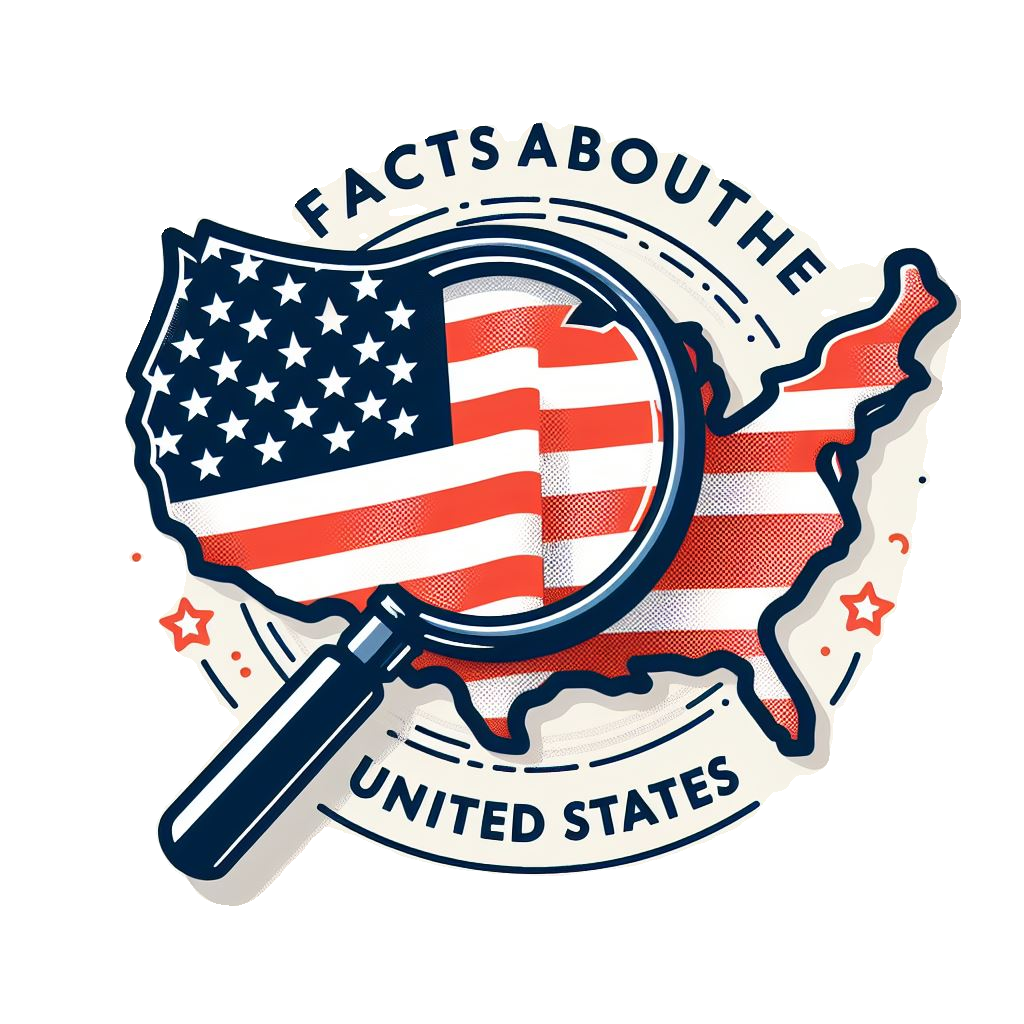Garage Startup to Tech Titan: Enduring Story of Microsoft
Microsoft. The name conjures images of personal computers, ubiquitous software, and that iconic blue Windows logo. But Microsoft’s story goes far beyond being a software giant. It’s a tale of innovation, calculated risks, and the ongoing quest to stay relevant in a rapidly evolving technological landscape.
From Harvard to the Holodeck: A Humble Beginning
In 1975, two college dropouts, Bill Gates and Paul Allen, dreamt of a world where computers were accessible to everyone. Fueled by their passion for programming, they started Microsoft in a humble garage, developing software for early personal computers like the Altair 8800. Their big break came in 1980 when IBM, looking for an operating system for its new personal computer, chose Microsoft’s MS-DOS. This decision propelled Microsoft onto the world stage.
The Rise of the Windows Empire
MS-DOS, while functional, wasn’t exactly user-friendly. Recognizing this limitation, Microsoft introduced Windows in 1985, a graphical user interface that made computers more approachable for the average person. With each iteration, Windows added new features and functionalities, eventually becoming the dominant operating system on personal computers. Microsoft’s dominance wasn’t without controversy. The company faced accusations of anti-competitive practices throughout the 1990s, but Windows remained the go-to choice for most PC users.
Beyond the Desktop: A Software Ecosystem
Microsoft didn’t limit itself to just operating systems. It built a software ecosystem with products like Microsoft Office (1989), a suite of productivity tools that became essential for businesses and homes alike. Internet Explorer, bundled with Windows, became the dominant web browser for a time. Microsoft even ventured into gaming with the Xbox console (2001), challenging Sony’s PlayStation for console supremacy.
The Mobile Revolution and the Quest to Adapt
The rise of smartphones and tablets in the early 2000s presented a new challenge for Microsoft. While dominant on desktops, the company initially struggled in the mobile space. Its Windows Mobile operating system failed to capture market share against iOS and Android. Microsoft, however, has shown remarkable adaptability. The company acquired mobile communications giant Nokia in 2013 and has made significant strides with its Surface line of tablets and laptops.
The Future of Microsoft: Cloud, AI, and Beyond
Today, Microsoft is actively involved in cloud computing with its Azure platform, competing with Amazon Web Services and Google Cloud. The company is also investing heavily in artificial intelligence research, recognizing its potential to transform various industries. Microsoft’s story is one of continuous reinvention. From a garage startup to a tech titan, the company has weathered storms, adapted to changing trends, and remained a major force in the ever-evolving world of technology.
